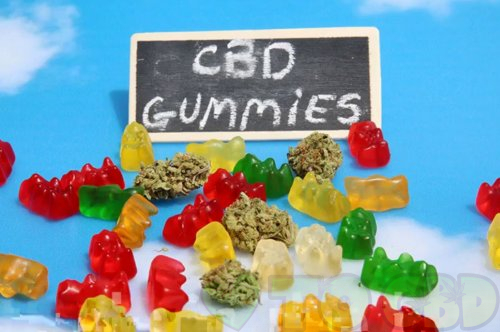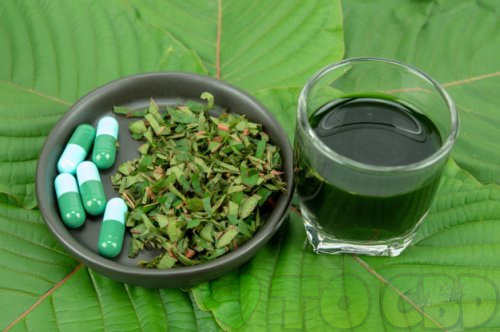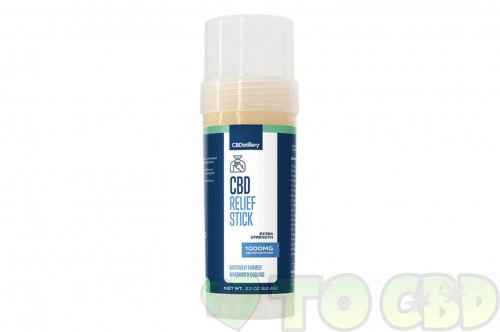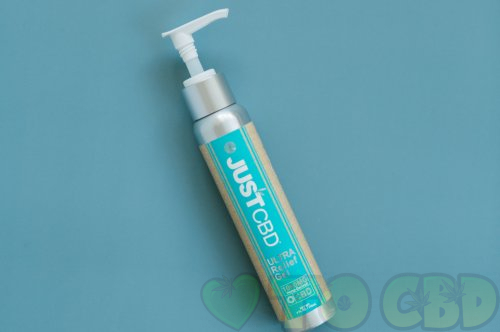What is Water-Soluble CBD and How is it Made?

If you are starting to research various supplements in the CBD industry, you will notice the term “CBD oil” on most of their labels. That is due to the fact that most cannabidiol (which is what the acronym CBD stands for) extracts end up as gold-colored oily substance. However, if you take a closer look into your cannabinoid product investigation, you will start noticing the term “water-soluble CBD” appearing occasionally. But, what is water-soluble cannabidiol? Let’s take a more in-depth look at this unique hemp-based product here.
WHAT DOES WATER-SOLUBLE MEAN?
As a supplier of CBD products yourself, it is more than likely that you are well-versed in a variety of hemp-based products and cannabinoids. However, many of us in this business are still not clear on what “water-soluble” means when we find it on a label of a prospective supplement.
What is the water-soluble definition? In essence, this term means that whatever item or product it is referring to can dissolve completely into water and other liquids. So, water-soluble CBD dissolves into the water?
Well, technically yes and no. Remember that most CBD extracts are actually a type of oil? Unfortunately, as a result of the fact that oil is hydrophobic (which means “water-fearing”) and cannot mix with water, it is nearly impossible for cannabidiol concentrates to truly dissolve into water-based liquids.
So how then can CBD be mixed with water? Let’s talk about “water-soluble CBD” and how that works. This term is being used with increased frequency, primarily for marketing purposes within our industry. If dissolving cannabidiol oil into water is difficult, how can there be a growing trend of hemp extractors attempting to provide water-soluble CBD products?
WHAT IS THE POINT OF TRYING TO MAKE CBD WATER-SOLUBLE?
Let’s start with the basics and take a look at our bodies. Research indicates that the human body is made up of roughly 60% water. Believe it or not, our internal water composition also affects the way that oily CBD concentrates get absorbed by our system; these extracts will naturally resist being dissolved into the bloodstream in a manner similar to water and oil’s resistance to mix outside of our bodies.
Unfortunately, this means that a large percentage of supplements that we ingest from non-water soluble products never actually gets absorbed by our bodies. On top of this, we know that parts of the CBD extract that actually gets dissolved into our bloodstream also has a delayed onset due to this incompatibility with water.
HOW TO MAKE WATER-SOLUBLE CBD?
As we have already mentioned, CBD oils will never truly dissolve into water. However, due to the current technologies, we now have several different methods to help these oily concentrates mix much more effectively with water than would be naturally possible.
In essence, all of these processes alter the extremely hydrophobic CBD oil into a form that is more compatible with water. One of the main ways they do this is by transforming cannabidiol oil molecules into much smaller particles through an emulsification process. This allows for the oily extract to suddenly have a vastly increased surface area which, in turn, increases its absorption capabilities within our customer’s bodies.
Another method that is often used is encapsulating the oil-based CBD extract within another compound that is more hydrophilic and water-friendly.
All of the water-soluble CBD supplement manufacturing methods require the use of surfactants as well, to make the mixing process more seamless. Surfactants are solutions that help reduce the surface tension between water and the CBD oil. It is important to keep in mind that high levels of some surfactants used during manufacturing can cause unwanted side effects in users of the end product.
LET’S TAKE A LOOK AT SOME OF THE MOST COMMONLY USED PROCESSES TO MAKE CANNABIDIOL MORE WATER-SOLUBLE HERE:
- Nanoemulsions
For most manufacturers, nanoemulsions are the preferred way to create water-soluble CBD oil supplements. During this method, cannabidiol extracts get broken up into much smaller droplets of oil that range from 10 to 100 nanometers in diameter.
There are several advantages to this process when compared to the following procedures. First of all, the actual mechanical method used to create nanoemulsions requires a very low level of surfactants. Also, since the process is so effective, all-natural and less corrosive surfactants can be used. Both of these factors help to greatly minimize adverse effects to the end user.
And to top it off, the nanoemulsion process results in a transparent end product which can be added to a variety of different beverages while staying visually undetectable.
CBD products that are made with nanoemulsions consistently show the best bioavailability results of all supplements in our industry. Studies indicate that over 50% of the cannabidiol found in these products gets absorbed in the bloodstream effectively. This is far more efficient than the standard non-water soluble CBD supplement, which at most allows for a 10% absorption rate.
- Liposome
Many manufacturers also use liposomes as a carrying vehicle for CBD oils to dissolve more effectively into water. A liposome is a spherical structure that can contain both water and oil at the same time. The typical liposome achieves this unique arrangement by starting as a hydrophilic, water-based central compartment. This compartment is then surrounded by a less dense hydrophobic, oil-based bilayer.
A cannabidiol concentrate can be easily stored within this oily bilayer. This procedure leads to CBD products that can be absorbed into the bloodstream with greater efficiency, which can be two to four times more effective than some CBD oil supplements. There are some drawbacks to this manufacturing method, mainly that it takes a larger number of surfactants to make a liposome form. Also, the process itself is very complex and time-consuming.
- Microemulsion
The microemulsion process is quite similar to the nanoemulsion manufacturing method.
The microemulsion process results in much larger oil droplets than those that are formed during nanoemulsions; they tend to range between 100 to 5000 nanometers in diameter. The goal of this method is to increase the absorption of the CBD within the bloodstream. Studies indicate that microemulsions allow for roughly 20 % absorption of the CBD found in a supplement. This chemical process also utilizes a tremendous amount of surfactants, which may increase the odds of side effects on users.
Now that the water-soluble meaning of CBD products is more clear to you, perhaps you are feeling a growing desire to make a bulk order of some hemp-extracted dissolvable supplements for your customers to try! If so, the best CBD water-soluble dosage merchandise on the market is available for you at LoveToCBD.com!








